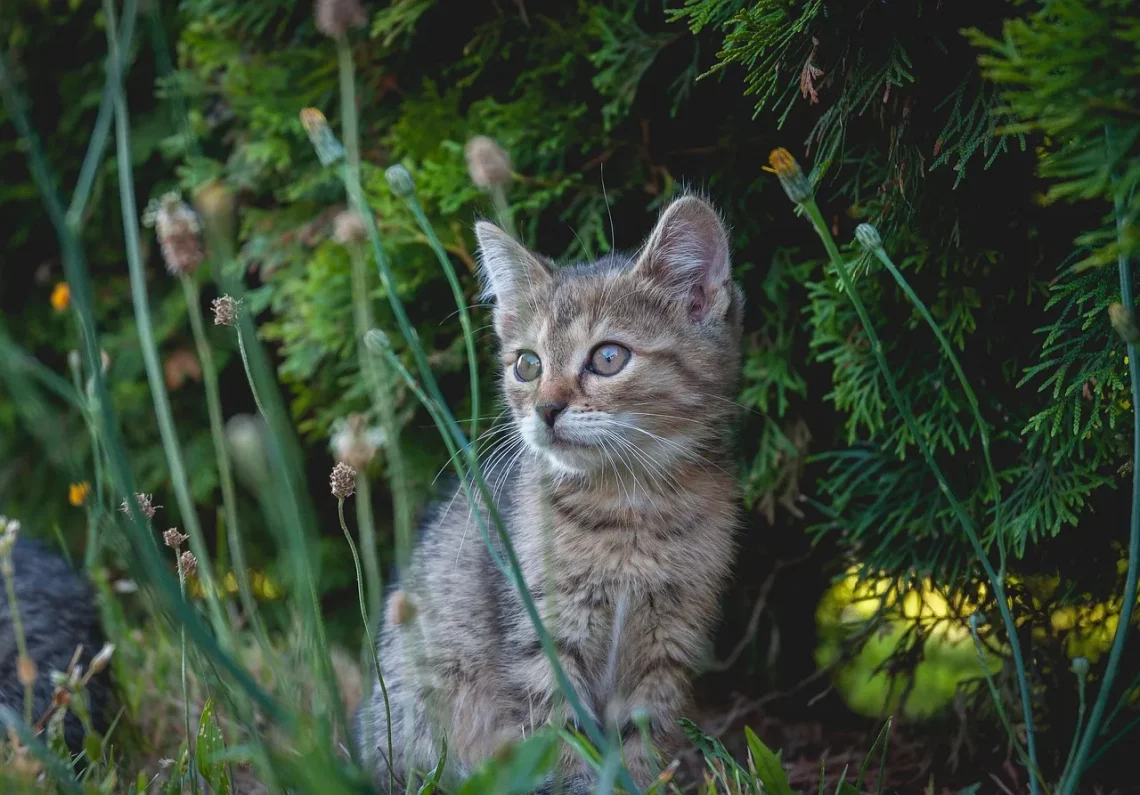
Understanding Why Your Cat Won’t Stop Throwing Up and What to Do
Cats are often beloved companions, known for their playful antics and independent nature. However, when they start to exhibit concerning behaviors such as frequent vomiting, it can be alarming for any pet owner. Vomiting is not uncommon in cats, but understanding the underlying causes is crucial for ensuring their health and well-being. This behavior can stem from a variety of factors, ranging from minor issues like hairballs to more serious medical conditions.
It’s essential for cat owners to be observant and to recognize the signs that may indicate a problem. Watching your feline friend closely can help you differentiate between occasional vomiting, which may not be a cause for concern, and persistent vomiting, which could signal a more serious health issue. This article will delve into the potential reasons behind your cat’s vomiting, the types of vomiting you may encounter, and practical steps you can take to address the situation.
By gaining a better understanding of your cat’s digestive health and the various factors that can lead to vomiting, you can take proactive measures to ensure your pet remains happy and healthy. With the right knowledge, you can provide the best care for your furry friend, allowing for a long and joyful companionship.
Common Causes of Vomiting in Cats
Cats can vomit for several reasons, and identifying the cause is key to determining the appropriate course of action. One of the most common reasons for vomiting is the ingestion of hairballs. Cats are meticulous groomers, and during this grooming process, they often ingest hair. When too much hair accumulates in their stomach, it can lead to the formation of hairballs, which may be expelled through vomiting. While hairballs are generally not a cause for alarm, frequent occurrences can indicate that your cat may need help with grooming or dietary adjustments.
Another common cause of vomiting is dietary indiscretion. Cats are curious creatures, and they may consume things that they shouldn’t, such as spoiled food, plants, or even non-food items. This can lead to gastrointestinal upset and result in vomiting as the body attempts to rid itself of the offending substance. If you suspect that your cat has ingested something harmful, it’s crucial to monitor their behavior and consult a veterinarian if symptoms persist.
Infections and illnesses can also cause vomiting in cats. Gastroenteritis, pancreatitis, and other gastrointestinal disorders can lead to inflammation and irritation of the digestive tract, prompting vomiting as a symptom. Additionally, systemic illnesses, such as kidney disease or hyperthyroidism, can also manifest as vomiting. If your cat is vomiting frequently and showing other signs of illness—such as lethargy, diarrhea, or a change in appetite—it’s essential to seek veterinary care promptly.
Lastly, stress can play a significant role in a cat’s vomiting. Changes in their environment, such as moving to a new home or the introduction of a new pet, can cause anxiety that may lead to gastrointestinal disturbances. Understanding your cat’s behavior and providing a stable, calm environment can help mitigate stress-induced vomiting.
Understanding the Different Types of Vomiting
Not all vomiting is created equal, and understanding the different types can help you assess the severity of the situation. Cats may vomit clear liquid, food, or even bile. Each type of vomit can provide clues about what might be going on inside your cat’s body.
Clear liquid vomit is often associated with an empty stomach or an upset stomach. This can happen if a cat goes too long without eating or if they have a sensitive stomach that reacts to dietary changes. While occasional clear vomit may not be a cause for alarm, frequent occurrences should be monitored closely.
Food vomit typically occurs shortly after a cat has eaten. This can happen if a cat eats too quickly, leading to regurgitation rather than true vomiting. Feeding your cat smaller, more frequent meals or using special feeding bowls designed to slow down eating can help alleviate this issue. However, if food vomit is accompanied by other symptoms, such as lethargy or diarrhea, it may indicate a more significant problem that requires veterinary attention.
Bile vomit, which often has a yellowish or greenish color, typically indicates that the cat’s stomach is empty and that bile is being expelled. This can occur not just due to an empty stomach but also because of conditions that affect the liver or biliary system. If your cat is vomiting bile frequently, it’s essential to consult a veterinarian, as this may indicate a more serious underlying condition.
In addition to the contents of the vomit, the frequency and timing of vomiting can also provide valuable information. If your cat is vomiting intermittently, it may not be as concerning as persistent vomiting that occurs multiple times a day. Keeping a journal of your cat’s vomiting episodes and any accompanying symptoms can help your veterinarian make a more accurate diagnosis.
When to Seek Veterinary Help
While occasional vomiting may not be a cause for concern, there are specific situations where veterinary attention is necessary. Knowing when to seek help can be crucial for your cat’s health and well-being.
If your cat is vomiting repeatedly—especially if it occurs more than once in a 24-hour period—it’s essential to consult a veterinarian. Persistent vomiting can lead to dehydration, which is particularly dangerous in cats. Signs of dehydration include lethargy, dry gums, and a decrease in urination. If you notice these symptoms alongside vomiting, don’t hesitate to seek professional help.
Additionally, if your cat is vomiting and showing other signs of distress, such as abdominal pain, bloating, or changes in behavior, it’s critical to have them evaluated. Sometimes, these symptoms can indicate a more severe condition that requires immediate attention.
Cats that vomit blood or have a change in the color of their vomit should be seen by a veterinarian right away. Blood in vomit can signal a serious issue, such as internal bleeding or severe gastrointestinal distress, and should never be ignored.
Another important consideration is your cat’s age and overall health. Kittens and senior cats are more vulnerable to health issues, and any vomiting in these age groups should be taken seriously. If your cat has pre-existing health conditions, such as diabetes or kidney disease, vomiting may indicate a worsening of their condition and warrants prompt veterinary attention.
Regular check-ups with your veterinarian can help catch potential health issues before they become serious. Routine veterinary care is essential for monitoring your cat’s health and ensuring their long-term well-being.
Preventive Measures and Home Care Tips
Preventing vomiting in cats often involves a combination of dietary management, environmental considerations, and regular grooming. Understanding your cat’s dietary needs is crucial in preventing gastrointestinal upset. Feeding a high-quality, well-balanced diet that is appropriate for your cat’s age and health status can help reduce the likelihood of vomiting.
Additionally, if your cat tends to eat too quickly, consider implementing feeding strategies that slow them down. Specialized feeding bowls designed to prevent rapid eating can be helpful, as can dividing their daily food intake into smaller, more manageable portions.
Regular grooming is essential, particularly for long-haired breeds that are more prone to hairballs. Brushing your cat frequently can help reduce the amount of hair they ingest during grooming, thereby minimizing hairball-related vomiting. If your cat is prone to hairballs, you might also consider hairball control treats or supplements that can help manage this issue.
Creating a stress-free environment can also play a significant role in reducing vomiting episodes. Ensure your cat has a safe, quiet space where they can retreat if they feel anxious. Gradual introductions of new pets or changes in their environment can help minimize stress.
Finally, always keep toxic plants and substances out of reach. Familiarize yourself with the common household items that are harmful to cats and take steps to ensure their safety.
In conclusion, while occasional vomiting in cats can be normal, it’s essential to remain vigilant and proactive about your cat’s health. By understanding the causes, types, and when to seek veterinary care, you can provide the best care for your feline friend.
**Disclaimer:** This article is not intended as medical advice. Always consult your veterinarian for any health concerns regarding your pet.




